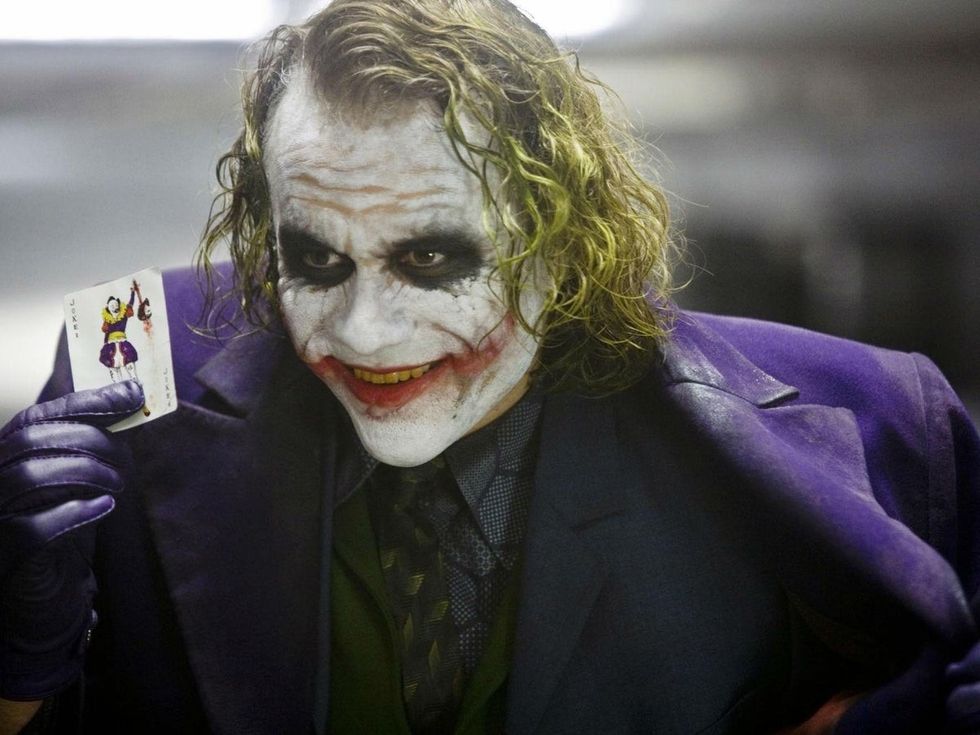
Don’t you love when film mixes with philosophy? As a writer, some of my best ideas have come from tackling big questions or just challenging myself to think about characters who can argue different sides of the equation.
From complex ethical choices to thought-provoking philosophical dilemmas, cinema and television have long been platforms that delve into the intricacies of human behavior and moral decision-making.
One of those questions that I feel keeps coming up in popular culture is that of the “Trolley Problem.” This thought experiment, which poses a challenging choice between two morally ambiguous alternatives, has captured the imagination of writers, directors, and audiences alike.
In this article, I’ll go through some instances of the Trolley Problem in film and television, and we will look at how storytellers wield this timeless ethical puzzle to probe the depths of their writing.
Sound good? Let’s go
What Is the Trolley Problem?
Let’s answer the big question first.
The “Trolley Problem” is a thought experiment you’ll hear in any intro to philosophy class. It presents a moral dilemma involving a hypothetical scenario of a runaway trolley headed toward a group of people.
The situation requires individuals to make a choice between two morally difficult options, each with its own set of ethical implications.
You can either:
- Do nothing: If you don’t do anything, the trolley will continue on its current path and hit the group of five people, killing them.
- Pull the lever: If you pull the lever, you will divert the trolley onto the alternate track, saving the five people tied up on the main track, but killing one person tied up on the other track.
So…which would you pick?
Obviously, there is no easy answer.
The Trolley Problem raises complex questions about ethics, morality, and decision-making. Different philosophical perspectives offer different answers to this scenario, leading to discussions about what you actually believe. And this is incredibly fun to play with in film and TV.
Who Came up With the Trolley Problem?

The origin of the Trolley Problem is attributed to British philosopher Philippa Foot, who introduced the scenario in her essay “The Problem of Abortion and the Doctrine of the Double Effect” published in 1967.
But calling it “the Trolley Problem” came from Judith Jarvis Thomson in a 1976 paper called “Killing, Letting Die, and the Trolley Problem.” Thomson expanded on Foot’s scenario and explored various aspects of moral decision-making, especially the distinction between actively causing harm (in the case of pulling the lever) and passively allowing harm to occur (in the case of doing nothing).
The Trolley Problem has become a widely recognized thought experiment in the field of ethics and moral philosophy.
It has been discussed, analyzed, and modified by numerous philosophers, ethicists, and scholars, and its impact has extended beyond academia into popular culture, including film and television.
Let’s look at a few examples.
What Are Some Examples of the Trolley Problem in Film and TV?

The Trolley Problem and its ethical dilemma have been popularized and referenced in various films and TV shows to explore moral decision-making and philosophical concepts.
Here are a few examples of how the Trolley Problem has been depicted in popular media:
- The Good Place (TV Show, 2016-2020): The Trolley Problem is a recurring theme in this comedy series. It is used to explore ethical dilemmas and challenge the characters’ understanding of morality. The character Chidi, a moral philosophy professor, frequently discusses and grapples with different versions of the Trolley Problem throughout the show.
- Spider-Man (2001): The first Tobey Maguire Spider-Man movie has an ending where the Green Goblin dangles a trolley full of people and Mary Jane Watson, forcing Spider-Man to pick between the two.
- The Last of Us (Season One): The first season of this show deals with the idea that if Joel lets scientists kill Ellie, they might be able to save mankind.
- The Dark Knight (2008): in the movie’s climax, bombs are on two boats and prisoners must decide if they live or regular citizens die and vice versa. And when Bruce must pick between Rachel and Harvey. These are both modified versions of the theory.
How Can Writers Use The Trolley Problem in Screenplays?

As writers, there are so many fun implications for the Trolley Problem. You can explore characters’ moral dilemmas, ethical choices, and psychological complexities.
You can make characters choose two different outcomes and even stimulate audience discussions if you have people take a hard stance.
Another way in is just to talk about it. Engage your characters in discussions or internal monologues about the Trolley Problem. This allows you to explore different ethical perspectives and philosophical viewpoints, providing the audience with a deeper understanding of the characters’ thoughts and motivations.
Finally, you can always line this stuff up with themes in your screenplay. It can serve as a metaphor for life’s unpredictability, the moral gray areas people navigate, or the complexity of making ethical decisions in challenging circumstances.
By skillfully incorporating the Trolley Problem into a screenplay, writers can create narratives that resonate on intellectual, emotional, and ethical levels, offering audiences a unique and thought-provoking cinematic experience.
Through its various iterations, the Trolley Problem has challenged characters, audiences, and creators to grapple with the intricate threads that weave the fabric of human morality.
Test it out in your own writing and let me know how it works in the comments.
Author: Jason Hellerman
This article comes from No Film School and can be read on the original site.
